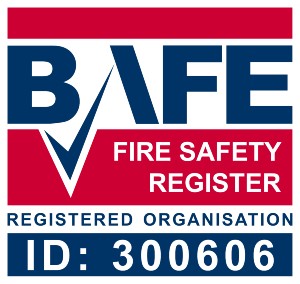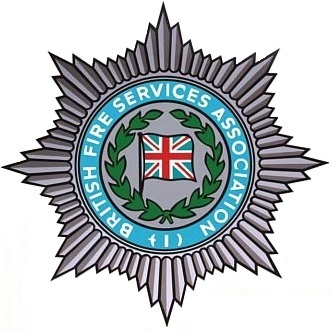Effects of Smoke Inhalation During a Fire
Being caught in a fire emergency is a terrifying experience for anyone, and there are a huge number of risks that people are exposed to in such a situation. Smoke inhalation is one such risk, and it can be extremely dangerous, even fatal.
The effects of smoke inhalation can be immediate and in this piece, we are going to look at what these effects are and the stages of their occurrence.
Symptoms
There are various symptoms of smoke inhalation, and they depend on how long you have been exposed to the smoke for. Some of the most obvious ones include:
- Cough and hoarseness
- Chest pain
- Coughing up blood
- Headaches
- Abdominal pain
- Nausea
- Eye irritation or vision problems
- Fainting
- Soot in nostrils or throat
Treatment
- Antidotes – You may be given substances that are designed to stop or manage the effects of smoke inhalation. Your antidotes may differ depending on the type of smoke you inhaled.
- Bronchodilators – Bronchodilators open up the airways in your lungs, to help ease your breathing. You may be given these if you are having respiratory issues.
- Steroids – Like bronchodilators, steroids are administered to help open air passages and ease your breathing.
- Antibiotics – These will be given to you by your doctor if you have an infection or they feel there may be a chance of an infection developing.
- Pain, swelling or fever treatment – These medicines are usually safe for most people to use. However, if you have a serious medical condition or you have a history of bleeding in your stomach, they may not be suitable. Inform your doctor or caregiver of any previous medical issues before proceeding.
Statistics
In the UK in 2014/15, 80% of fire-related fatalities occurred in homes.
There was a total of 39,600 dwelling fires, and 88% of these were adjudged to have been accidental.
Some worrying stats were made apparent after this discovery: 31% of domestic fires occurred in homes where there was no smoke alarm, and 19% of domestic fires occurred in properties where there was a smoke alarm, but it was not operational.
Although the fierce flames of a house fire are terrifying and incredibly dangerous, they are not the leading cause of death in fire-related fatalities. In fact, smoke inhalation is the leading cause of death in fires, with 41% of fire deaths coming from gas, smoke and fumes.
The importance of fire safety cannot be overstated. Something as simple as having a working smoke alarm can be the difference between life and death, which is why every building should have at least functioning smoke alarm at all times.
City Fire Protection are a leading independent provider of fire safety equipment and training for businesses up and down the country. For more information about what we do, please contact us today and we’ll be happy to help.










